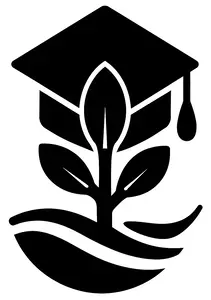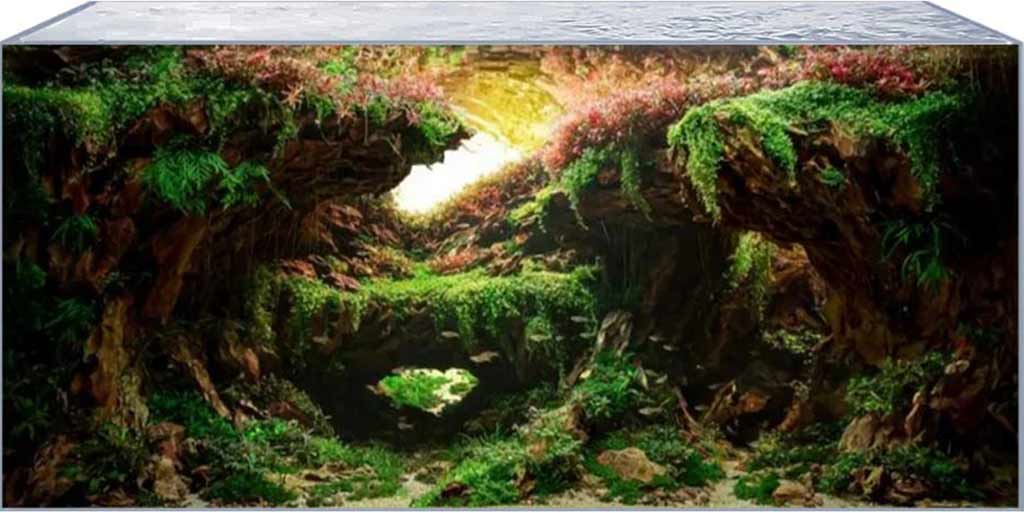8 Easy Steps:
Dive Into The Fascinating World Of Aquascaping.
Your Personal Aquascaping Guide Step by Step.
Getting Started:
Are you interested in discovering the secrets to creating an incredible modern Aquarium?
Starting a modern Aquarium is fun! If you’re feeling unsure, don’t worry – AquariumLesson is here to help.
Our guide in 8 easy steps will get you started. Click on images or buttons for more details at a specific topic.
Starting a modern Aquarium is fun! If you’re feeling unsure, don’t worry – AquariumLesson is here to help.
Our guide in 8 easy steps will get you started. Click on images or buttons for more details at a specific topic.
[ez-toc]
Note: We strongly advise following this guide step by step. However, if you prefer to look at a specific topic use the table of content above.
STEP 1: STYLE
Before you begin purchasing your components, it’s advisable to set a goal for yourself and think about what you’re trying to express.
Creating a modern Aquascape is an art form that opens up a world of creative and artistic possibilities with plants, rocks, and driftwood. The design potential for an aquascape is limitless and is defined only by your own creative imagination. Choosing the aquascaping style and layout that speaks to you is a pivotal moment in your aquascaping journey. The first step is always to decide on the style you want to pursue and the message you intend to convey.
These Are The Top 5 Aquascaping Styles
Nature Style
Stones, wood and plants are carefully arranged for a natural appearance.
Diorama Style
Focus on illusion of depth, scale, and proportions with a lot of hardscape.
Dutch Style
Focus on plants, no hardscape used. Variety of colours, contrast, and organized chaos.
Biotope Style
Also known as “Black water Aquarium”. Characteristics are colored water and nearly absence of plants.
STEP 2: BASIC EQUIPMENT
Make sure you have all these components before you start.
Basic Equipment You Need to Start Your Modern Aquarium:
Aquarium Glass
There are many important factors to consider when buying an aquarium glass. For example the right Thickness and clarity.
Aquarium Cabinet
This guide aims to provide you with a thorough understanding of how to choose, set up, and maintain an aquarium cabinet, ensuring both the functionality and beauty of their aquarium display.
Aquarium Filter
When choosing a filter for your Aquarium, think about the tank size, how it cleans, what it’s made of, and if it’s easy to take care of. Also, consider how loud it is and if it saves energy.
Lighting
Aquarium lights are super important! They help plants grow and make your tank look awesome. A balanced spectrum with both red and blue wavelengths is often recommended for optimal photosynthetic activity.
Extra Equipment
Additional Equipment like heater, thermometer or skimmer is recommended. Read more in this Article why its important.
STEP 3: SUBSTRATE
Aquarium substrate refers to the material, often gravel, sand, or specialized aquatic soil, placed at the bottom of your tank.
Foundation for Flourishing Tanks - Sand and Soil Aquarium Substrate:
Soil
Special Soil for Super Plants! It helps them grow strong by giving them the right food and making the water just right. Perfect for awesome underwater gardens!
Sand
Sand in Aquascaping is mostly used as a decorative element since it does not provide nutrients to your plants.
Lava Granules
Granules are often used as a supportive layer beneath the main substrate to gain height.
STEP 4: HARDSCAPE
Hardscape describes all natural decorative materials.
What is Aquarium Hardscape?
Before adding water and plants, creating the hardscape is one of the initial and most important steps in building a new layout. Skilled aquascapers sometimes spend weeks or even months working on their hardscape. Think of it as the skeleton of your aquascape design.
Driftwood
It looks natural and makes your tank look awesome! There are just few very important things you should watch out when collecting or buying driftwood.
Rocks and Stones
Arrange them creatively to make caves, cliffs, and hiding spots for your aquatic friends. Make sure you only use non-reactivity stones and rocks.
STEP 5: AQUARIUM PLANTS
Plants serve both aesthetic and functional purposes.
Which Plants should I choose?
Selecting the right aquarium plants is a crucial step in planning a new aquascape. There are many different species of plants to consider for various purposes, including:
Stems, Carpet, Epiphyte, Mosses and Floating / Swimplants
Because of different heights we divide the plants in three categories:
Foreground, Middleground and Background
Aquarium Carpet Plants
Carpet plants are mostly low-growing aquatic plants that form a lush, green carpet-like cover on the substrate of aquariums. CO2 is recommended for a dense carpet.
Aquarium Foreground and Midground Plants
Foreground plants are relatively short plants so they don’t hide the mid and background. Midground plants add depth and visual interest to the middle area
Aquarium Background Plants
Background aquarium plants are typically tall and fast-growing, and they are placed at the back of the tank to provide depth, serve as a backdrop
Epiphyte Plants
Epiphyte plants are unique aquatic species that don’t need a bottom layer. Epiphytes attach themselves to surfaces like rocks or driftwood.
Floating / Swimplants
Floating / Swimplants plants are aquatic species that drift on the water’s surface, providing essential benefits like nutrient absorption, shading, and oxygenation
STEP 6: AQUARIUM FERTILIZER
Fertilizer promoting healthy growth and vibrant foliage for your Aquascape.
To grow vibrant and healthy plants, you need to add specific essential nutrients to your aquascape. These nutrients can be added individually or in combination, and they fall into two main categories:
Macronutrients:
Nutrients that plants use in large quantities.
Micronutrients:
Are just as essential, but plants use them in much smaller amounts.
Do You need Plant Fertilizer for Your Aquascape
and which One is the Best for You?
Macro Nutrients
Macro nutrients are essential elements like nitrogen, phosphorus, and potassium that are required by plants in relatively large quantities.
Micro Nutrients
Micronutrients, including elements like iron, manganese, and zinc, are vital trace elements required by plants in small quantities for various metabolic functions.
STEP 7: MAINTENANCE TOOLS
Keep your Aquarium healthy: Nothing more important than the cleanliness of your tank.
List of all the Maintenance Tools for Your Modern Aquarium:
Plant Care Tools
Plant care tools are essential instruments used to plant, maintain and trim plants.
Cleaning Tools
Aquarium cleaning tools are specialized instruments designed to effectively and safely maintain a clean and healthy aquatic environment
Water Change Tools
An aquarium water change involves removing a portion of the tank’s water and replacing it with fresh water for better water quality.
STEP 8: AQUARIUM INHABITANTS
Bring your Aquarium to live with fish, shrimp or snails.
The choice of inhabitants depends on factors like tank size, water parameters, compatibility between species, and the overall desired aesthetic and ecological balance within the aquarium ecosystem.
Most Suitable Inhabitants for Your Aquascape:
Aquarium Fish
Aquarium fish comes in different colours and shapes. Each fish has unique behaviors and care requirements.
Aquarium Shrimps
Aquarium shrimp are small, fascinating crustaceans known for their vibrant colors and intricate behaviors, making them popular and charming additions to freshwater tanks.
Aquatic Snails
Snails are usually small, slow-moving and serve as a natural tank cleaning crew by consuming algae and leftover food.
Fish Food
Fish and Shrimp food is available in various types such as flakes, pellets, and live or frozen options. The type and amount of food you should provide depends on the species of fish and shrimp you have and their dietary requirements.
Summary Section
Everything You Need to Buy (Aquarium and Aquascaping Shopping List):
Aquarium Tank (Glass)
Aquarium Stand (Cabinet)
Aquarium Lighting
Aquarium Filter
CO2 System
Heater
Thermometer
Hardscape Materials
Substrate
Plants
Plant Care Tools (Scissor, Tweezer)
Aquarium Maintenance Tools (Sponge, Algae Scrubber)
Water Change Tools (Bucket, Syphon)
Inhabitants (Shrimp, Fish, Snails)
Fish Net
Water Conditioner































